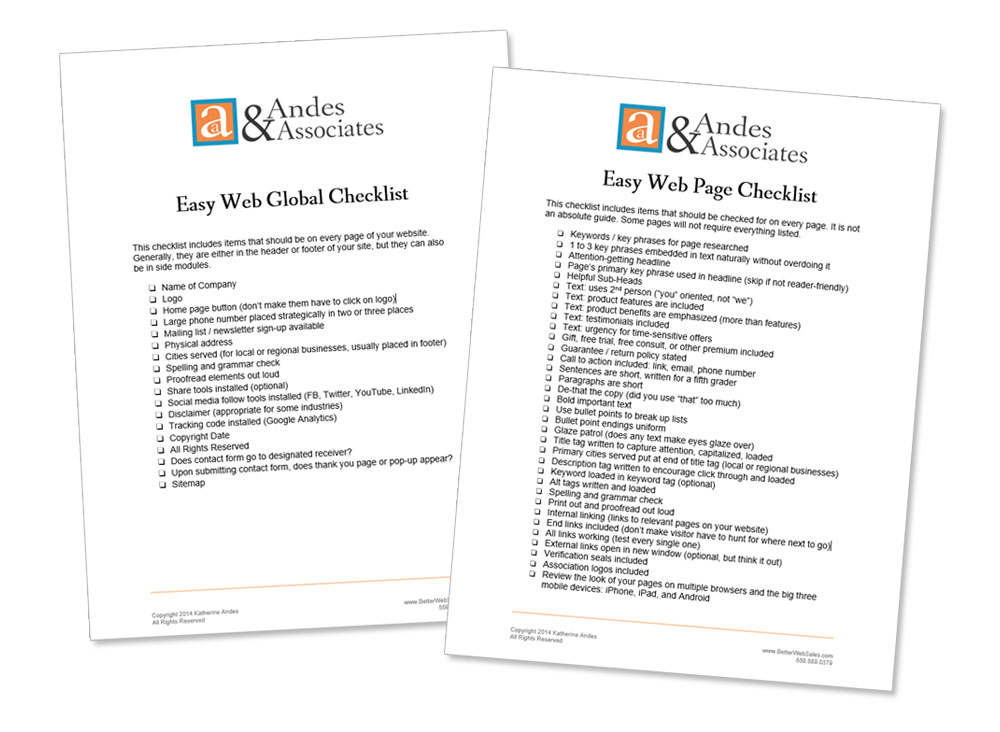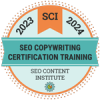Advertising is a “necessary evil” for most small businesses. It’s expensive and the “return on investment” isn’t always readily apparent.
Often most businesses are so mystified by the process that about all they do with their advertising is to print their name, their product, and their contact information. They might also highlight a “weekend special” or “discount offer.”
If that’s all you need and it’s working for you, then stick with it.
But sometimes the nature of your product or service lends itself to what I call a reader-friendly ad – one that draws in the reader, cuts through the clutter, and establishes you as not-just-another advertiser.

But where to start when writing reader-friendly advertising copy? First, think hard about your business and what you really take pride in doing. Why do your customers keep coming back to you? What benefits do you provide that your competitor doesn’t? Are you planning something new? Get ideas from your associates and employees. Write all these thoughts down.
Next, meet with your staff and brainstorm an ad concept. Think of creative ways to present your unique message. Go from simple and straightforward to clever. But don’t stress too much about trying to be clever. The Dancing Raisins are the classic example of clever, but they didn’t sell many raisins.
A word about brainstorming. I was once in a television screenwriting class taught by Danny Simon, the brother of the famous playwright, Neil Simon. We had an assignment to role play a comedy show brainstorming session. I was playing the “Head Writer” role. As the “writers” began pitching ideas to me, I responded to most of their lousy suggestions by saying, “No. No. No.”
Simon stopped me and said, “Never do that. Never say “no” to any story idea no matter how dumb. You stop the creative process and you intimidate the writer who gave you the suggestion. He won’t pitch you his next idea, and that idea might be great.” He then added, “Besides, that idea you think is lousy now might not sound so bad after you’ve thought it over.”
Over the years, I have found Danny Simon’s advice to be very good in the writing process, as well as in business and life. Too often we quickly say “No” to an idea when that very idea may be just what we need.
So write down every idea that comes to you and your staff. Don’t censor any of them. As you get the ideas down on paper, the good ideas will start to stand out from the pack. Eventually, the best concept will emerge and that will be the ad you write. Keep the others handy though, you may be able to use them in other materials.
When you actually begin writing your ad, write conversationally. Rather than speaking as the seller, pretend you are a buyer who has purchased the product, and now you are emailing a friend to tell him how great it is.
After you finish, you can write a headline if you haven’t already. Often a great headline can come from the last few lines of your copy – that’s what I did with this article.
Reader-friendly advertising copy will help prospects and customers connect with your business. And that will build new relationships, as well as solidify current ones: a good thing for any business.



